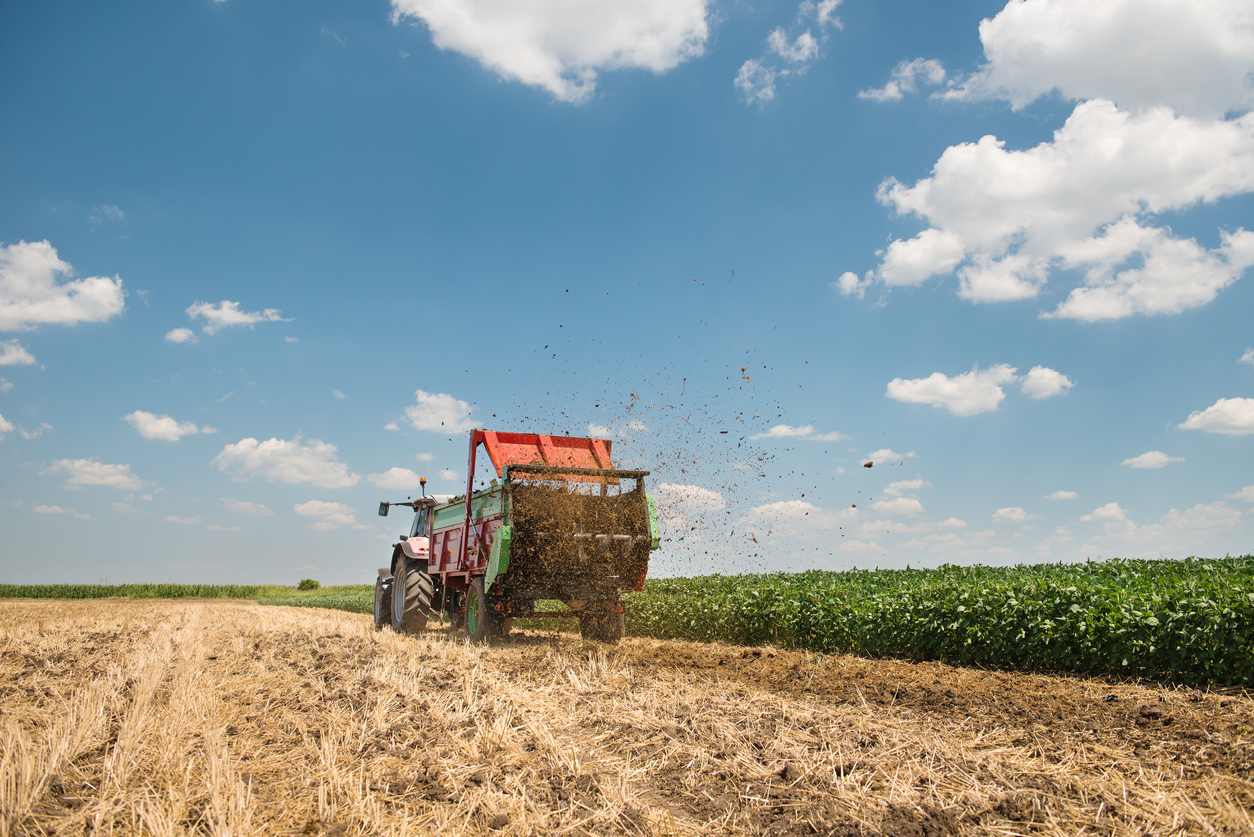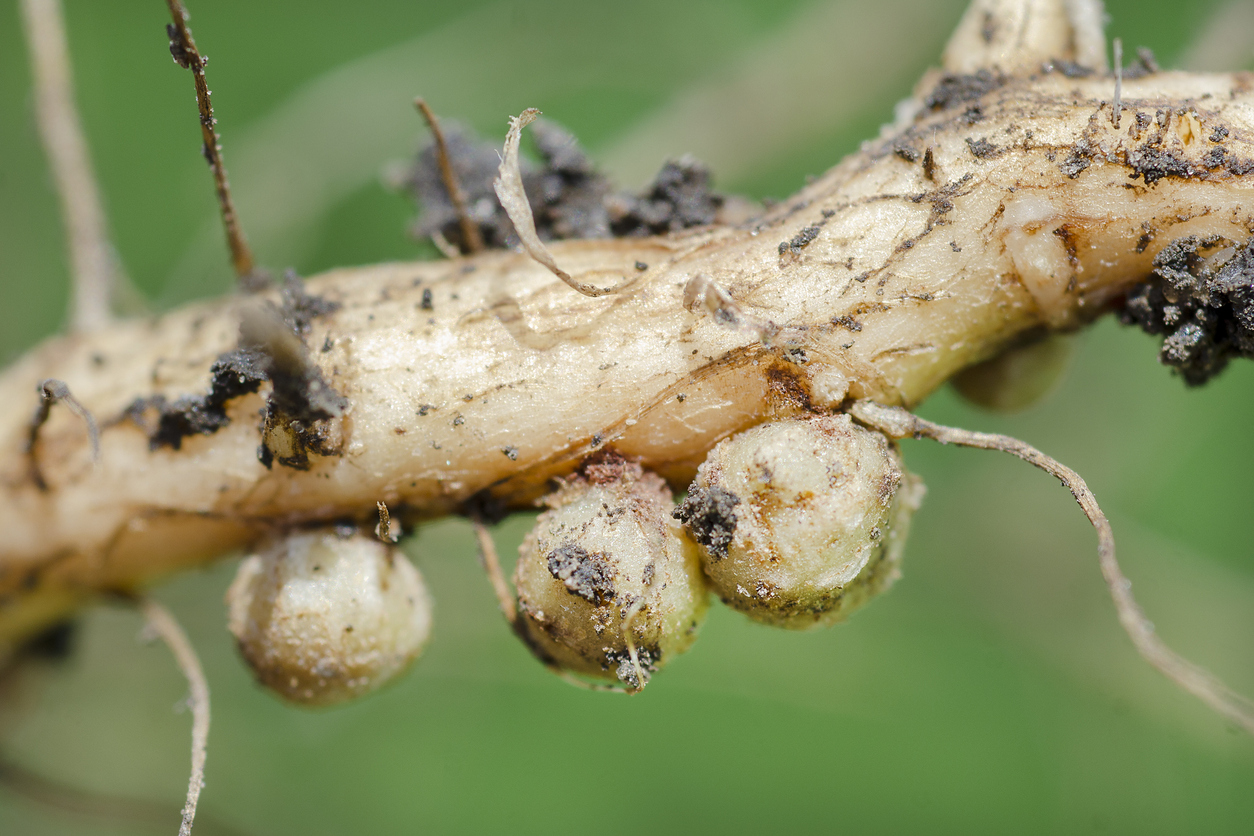Manure Benefits Soil Health

Manure is a great fertilizer for improving soil health, commonly used before commercial fertilizer. If manure is applied correctly, using the 4R’s (right source, right rate, right time, right place) and proper best management practices, manure greatly improves crop growth and also increases biological activity, leading to improved soil health. Some of the environmental benefits include: increasing soil carbon and reduced atmospheric carbon, reduced soil erosion and runoff, reduced nitrate leaching, and reduced demand for commercial nitrogen fertilizer derived from natural gas. Manure increases soil organic matter because it has nutrients plant require for adequate growth (N-P-K, micronutrients), so plants grow better and faster, producing more roots and crop residue to build soil carbon. Manure consists of carbon residues which the plants can use in the form of carbon dioxide for increased photosynthesis. Adequate soil carbon is limiting plant growth, so manure and carbon may boo...



